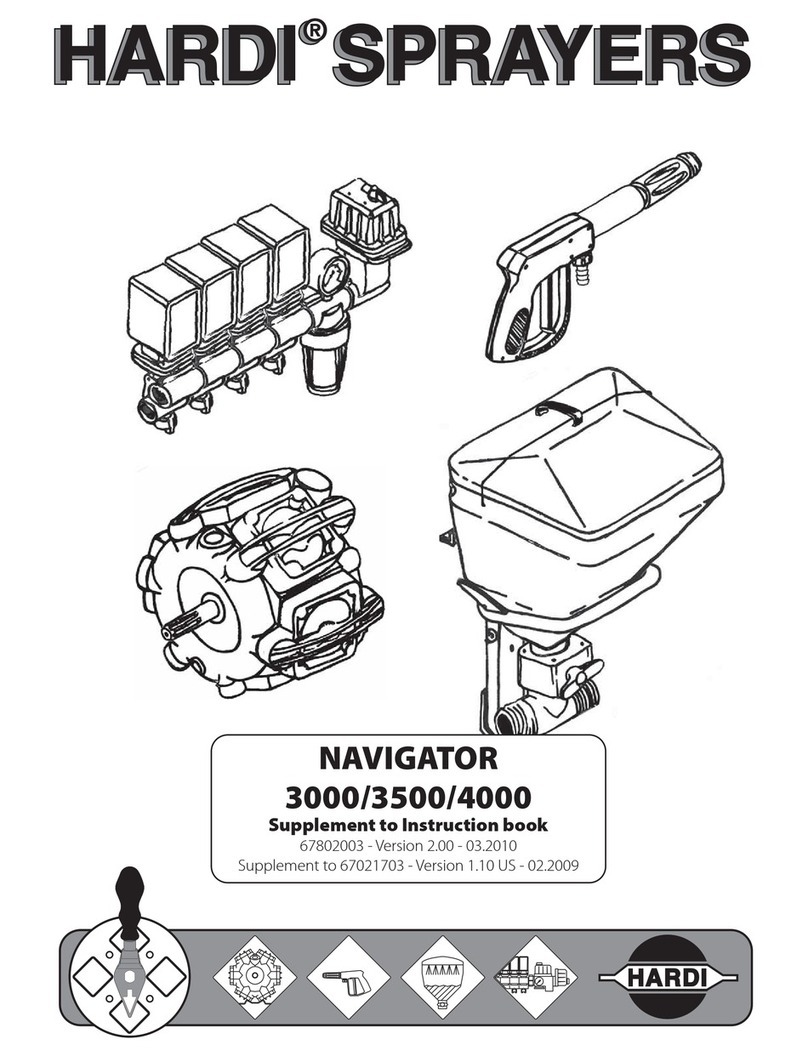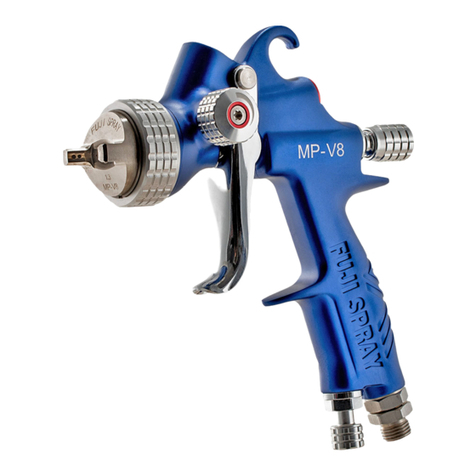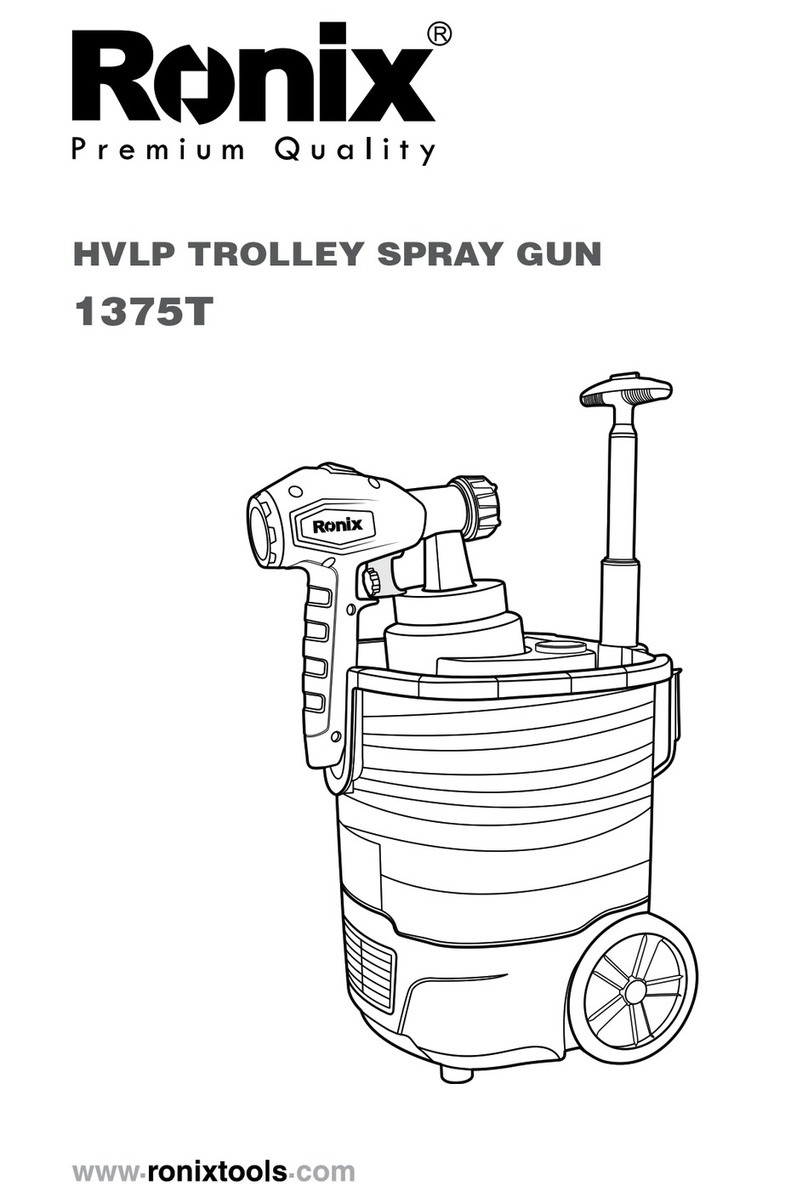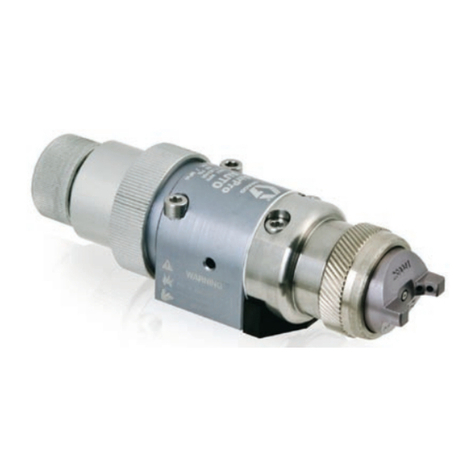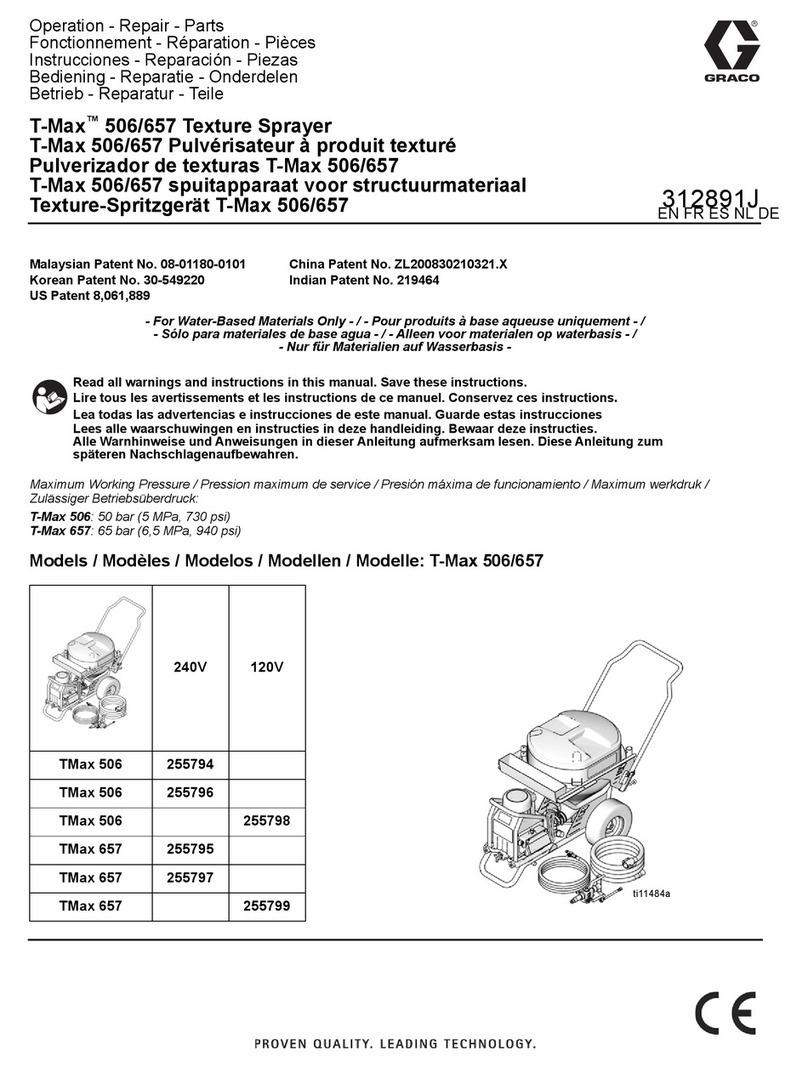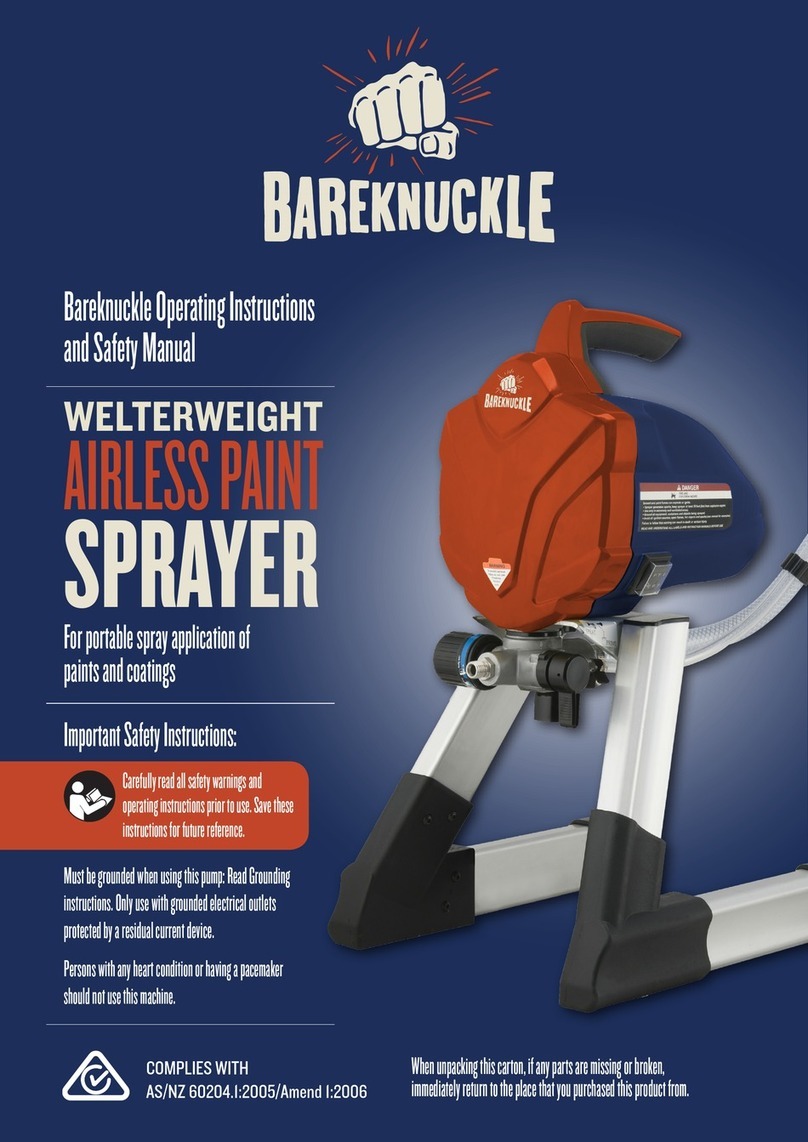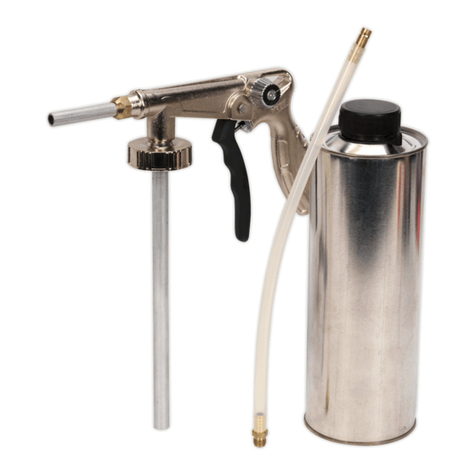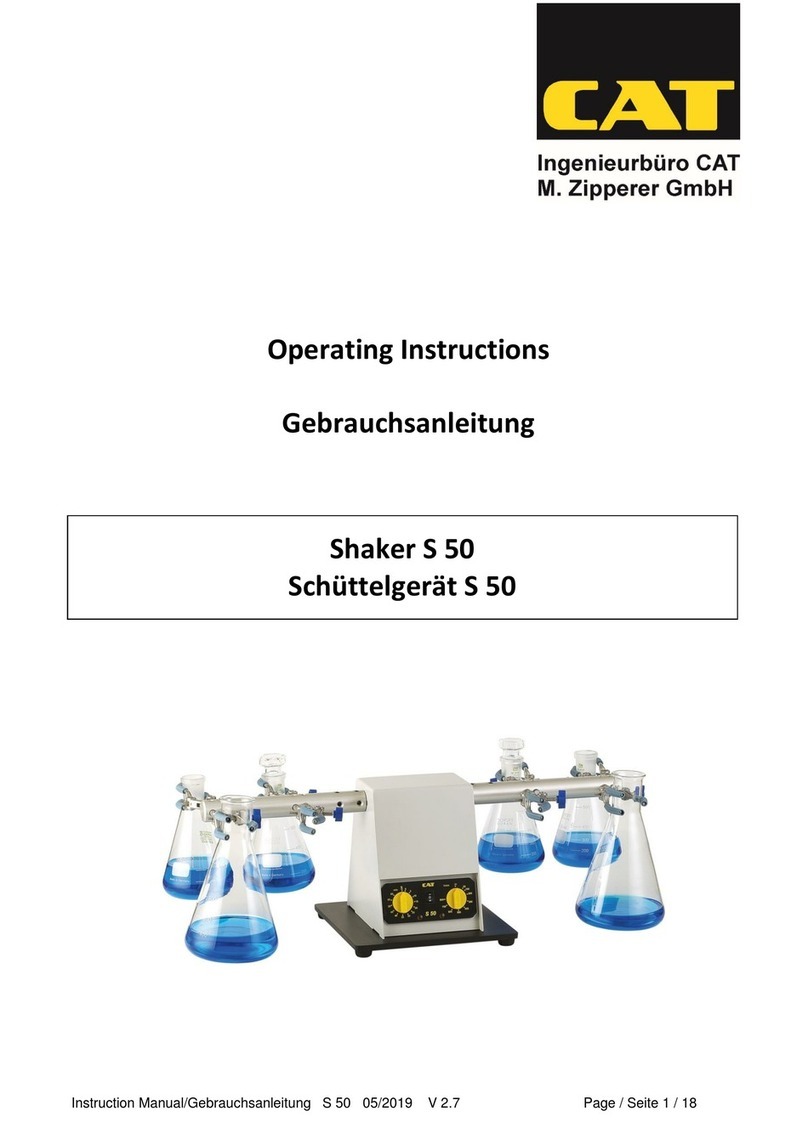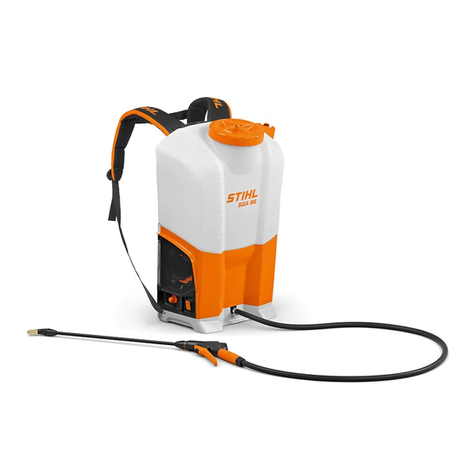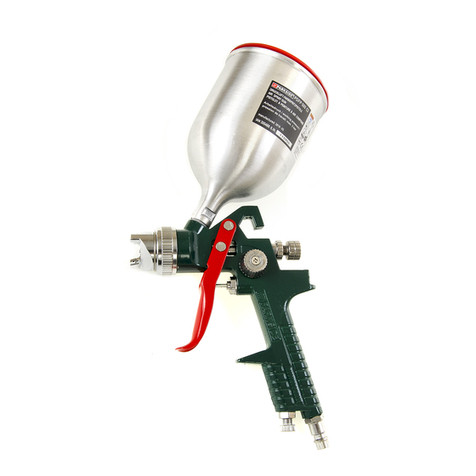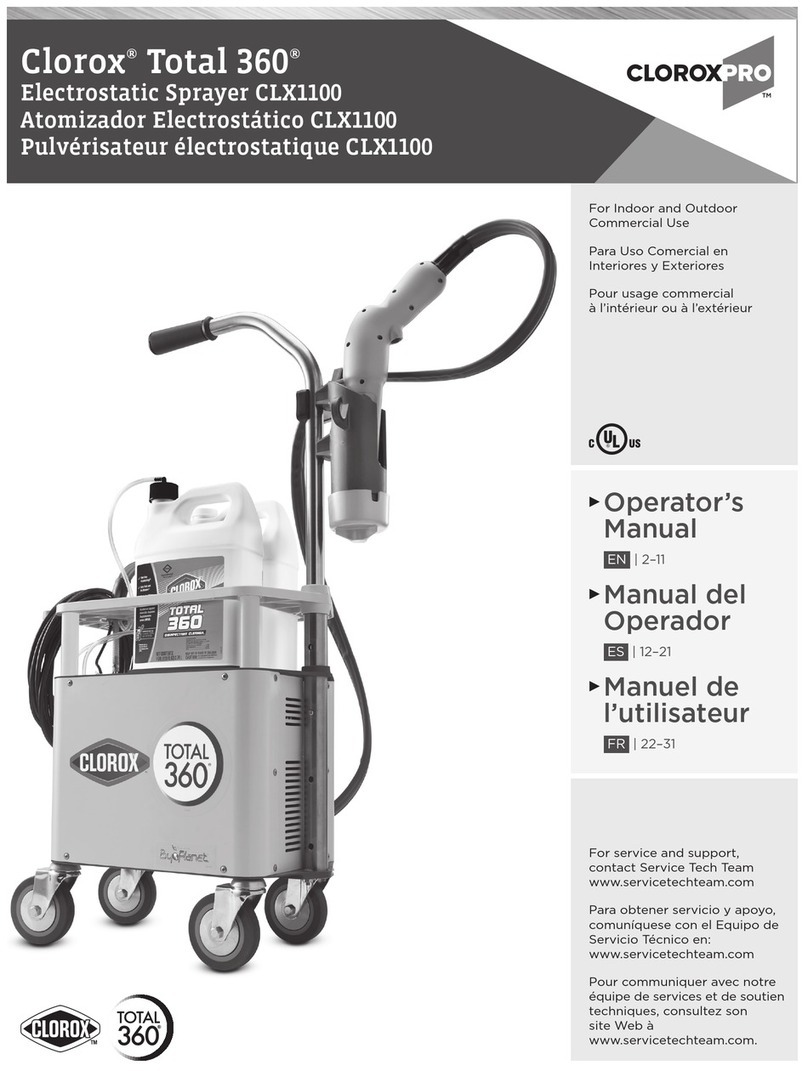Neo Pro PTA07 Reference guide

PTA07
Powder Spray
Customer Product Manual Part
Issued 12/10

Table of Contents
Safety 1-1 . . . . . . . . . . . . . . . . . . . . . . . . . . . . . . . . . . . . . . . . . . . . . . . . . .
Introduction 1-1 . . . . . . . . . . . . . . . . . . . . . . . . . . . . . . . . . . . . . . . . . . . . .
Qualified Personnel 1-1 . . . . . . . . . . . . . . . . . . . . . . . . . . . . . . . . . . . . . .
Intended Use 1-1 . . . . . . . . . . . . . . . . . . . . . . . . . . . . . . . . . . . . . . . . . . .
Personal Safety 1-2 . . . . . . . . . . . . . . . . . . . . . . . . . . . . . . . . . . . . . . . . .
Fire Safety 1-2 . . . . . . . . . . . . . . . . . . . . . . . . . . . . . . . . . . . . . . . . . . . . .
Grounding 1-3 . . . . . . . . . . . . . . . . . . . . . . . . . . . . . . . . . . . . . . . . . . . . . .
Action in the Event of a Malfunction 1-3 . . . . . . . . . . . . . . . . . . . . . . . .
Disposal 1-3 . . . . . . . . . . . . . . . . . . . . . . . . . . . . . . . . . . . . . . . . . . . . . . .
Safety Label 1-4 . . . . . . . . . . . . . . . . . . . . . . . . . . . . . . . . . . . . . . . . . . . .
Description 2-1 . . . . . . . . . . . . . . . . . . . . . . . . . . . . . . . . . . . . . . . . . . . . .
Introduction 2-1 . . . . . . . . . . . . . . . . . . . . . . . . . . . . . . . . . . . . . . . . . . . . .
Operation and Maintenance 3-1 . . . . . . . . . . . . . . . . . . . . . . . . . . . . .
Operation 3-1 . . . . . . . . . . . . . . . . . . . . . . . . . . . . . . . . . . . . . . . . . . . . . .
Daily Maintenance 3-2 . . . . . . . . . . . . . . . . . . . . . . . . . . . . . . . . . . . . . . .
Troubleshooting 4-1 . . . . . . . . . . . . . . . . . . . . . . . . . . . . . . . . . . . . . . . .
Repair 5-1 . . . . . . . . . . . . . . . . . . . . . . . . . . . . . . . . . . . . . . . . . . . . . . . . .
Introduction 5-1 . . . . . . . . . . . . . . . . . . . . . . . . . . . . . . . . . . . . . . . . . . . . .
Cleaning 5-2 . . . . . . . . . . . . . . . . . . . . . . . . . . . . . . . . . . . . . . . . . . . . . . . .
Parts 6-1 . . . . . . . . . . . . . . . . . . . . . . . . . . . . . . . . . . . . . . . . . . . . . . . . . . .
PTAG07 Automatic Gun 6-1 . . . . . . . . . . . . . . . . . . . . . . . . . . . . . . . . . . . . . . . . . . . . .
Diffuser 6-2 . . . . . . . . . . . . . . . . . . . . . . . . . . . . . . . . . . . . . . . . . . . .
Injector 6-3. . . . . . . . . . . . . . . . . . . . . . . . . . . . . . . . . . . .
PTAU07Control Module Electrical Parts 6-4 . . . . . . . . . . . . . . . . . . . . . . . . . . . . . . . . . . . . .
PTAU07Control Module Pneumatic Parts 6-5 . . . . . . . . . . . . . . . . . . . . . . . . . . . . . . . . . . . . . .

Section 1
Safety
Introduction
Read and follow these safety instructions. Task- and equipment-specific
warnings, cautions, and instructions are included in equipment
documentation where appropriate.
Make sure all equipment documentation, including these instructions, is
accessible to all persons operating or servicing equipment.
Qualified Personnel
Equipment owners are responsible for making sure that Promaks equipment
is installed, operated, and serviced by qualified personnel. Qualified
personnel are those employees or contractors who are trained to safely
perform their assigned tasks. They are familiar with all relevant safety rules
and regulations and are physically capable of performing their assigned
tasks.
Intended Use
Use of Promaks equipment in ways other than those described in the
documentation supplied with the equipment may result in injury to persons
or damage to property.
Some examples of unintended use of equipment include
_
using incompatible materials
_
making unauthorized modifications
_
removing or bypassing safety guards or interlocks
_
using incompatible or damaged parts
_
using unapproved auxiliary equipment
_
operating equipment in excess of maximum ratings
Personal Safety
To prevent injury follow these instructions.
_
Do not operate or service equipment unless you are qualified.
_
Do not operate equipment unless safety guards, doors, or covers are
intact and automatic interlocks are operating properly. Do not bypass or
disarm any safety devices.
_
Keep clear of moving equipment. Before adjusting or servicing any
moving equipment, shut off the power supply and wait until the
equipment comes to a complete stop. Lock out power and secure the
equipment to prevent unexpected movement.
_
Relieve (bleed off) hydraulic and pneumatic pressure before adjusting or
servicing pressurized systems or components. Disconnect, lock out,
and tag switches before servicing electrical equipment.
_
Obtain and read Material Safety Data Sheets (MSDS) for all materials
used. Follow the manufacturer.s instructions for safe handling and use
of materials, and use recommended personal protection devices.
_
To prevent injury, be aware of less-obvious dangers in the workplace
that often cannot be completely eliminated, such as hot surfaces, sharp
edges, energized electrical circuits, and moving parts that cannot be
enclosed or otherwise guarded for practical reasons.

Fire Safety
To avoid a fire or explosion, follow these instructions.
_
Do not smoke, weld, grind, or use open flames where flammable
materials are being used or stored.
_
Provide adequate ventilation to prevent dangerous concentrations of
volatile materials or vapors. Refer to local codes or your material MSDS
for guidance.
_
Do not disconnect live electrical circuits while working with flammable
materials. Shut off power at a disconnect switch first to prevent
sparking.
_
Know where emergency stop buttons, shutoff valves, and fire
extinguishers are located. If a fire starts in a spray booth, immediately
shut off the spray system and exhaust fans.
_
Clean, maintain, test, and repair equipment according to the instructions
in your equipment documentation.
_
Use only replacement parts that are designed for use with original
equipment. Contact your Promaks representative for parts information
and advice.
Grounding
WARNING: Operating faulty electrostatic equipment is hazardous and can
cause electrocution, fire, or explosion. Make resistance checks part of your
periodic maintenance program. If you receive even a slight electrical shock
or notice static sparking or arcing, shut down all electrical or electrostatic
equipment immediately. Do not restart the equipment until the problem has
been identified and corrected.
All electrically conductive objects in the spray areas shall be electrically
connected to ground with a resistance of not more than 1 megohm as
measured with an instrument that applies at least 500 volts to the circuit
being evaluated.
_
Equipment to be grounded includes, but is not limited to, the floor of the
spray area, operator platforms, hoppers, photoeye supports, and
blow-off nozzles. Personnel working in the spray area must be
grounded.
_
There is a possible ignition potential from the charged human body.
Personnel standing on a painted surface, such as an operator platform,
or wearing non-conductive shoes, are not grounded. Personnel must
wear shoes with conductive soles or use a ground strap to maintain a
connection to ground when working with or around electrostatic
equipment.
_
Operators must maintain skin-to-handle contact between their hand and
the gun handle to prevent shocks while operating manual electrostatic
spray guns. If gloves must be worn, cut away the palm or fingers, wear
electrically conductive gloves, or wear a grounding strap connected to
the gun handle or other true earth ground.
_
Shut off electrostatic power supplies and ground gun electrodes before
making adjustments or cleaning powder spray guns.
_
Connect all disconnected equipment, ground cables, and wires after
servicing equipment.

Action in the Event of a Malfunction
If a system or any equipment in a system malfunctions, shut off the system
immediately and perform the following steps:
_
Disconnect and lock out electrical power. Close pneumatic shutoff
valves and relieve pressures.
_
Identify the reason for the malfunction and correct it before restarting the
equipment.
Disposal
Dispose of equipment and materials used in operation and servicing
according to local codes.
Safety
1-4
Safety Labels
Table 1-1 contains the text of the safety label on this equipment. The safety
label is provided to help you operate and maintain your equipment safely.
Table 1-1 Safety Label Shipped With Powder Spray Guns
WARNING: The following procedures MUST be followed when working with
this electrostatic spray equipment. Failure to follow these instructions may
result in a fire and/or serious personal injury. Display this warning on the
spray booth.
1. NO SMOKING. Keep open flames, hot surfaces, and sparks from torches
or grinding away from booth.
2. Turn the electrostatic power unit off when the spray gun is not in use.
3. Shut down immediately in event of fire.
4. Maintain ground circuit on all conductive objects below 1 meg ohm to
prevent sparking.
5. Shut down operation and correct grounds if sparking occurs.
6. Install fixed fire suppression system before operating with combustible powder.
7. Install automatic flame detectors before operating automatic guns.
8. Examine all equipment at the beginning of each work period and repair or
replace any damaged, loose, or missing parts.
9. Before cleaning or performing any maintenance on the electrostatic spray
gun, turn off the power unit and ground the nozzle. Maintain electrostatic
spray equipment in accordance with instruction manual. Do not deviate.
Do not substitute parts from other manufacturers.
10. Operator must be grounded to prevent shocks from static electricity.
Floor surface must be conductive. Footwear and gloves must be static
Dissipative.
11. Air velocity through all booth openings must meet local requirements and
contain powder within the booth. If powder escapes from the booth, shut
down operation and correct the malfunction.
12. Powder may be toxic or be a nuisance dust hazard. Refer to supplier.s
MSDS. If exposed to dust during operation, maintenance, or clean up,
operators must use appropriate personal protective equipment.
13. Do not use compressed air or organic solvents for removal of powder
from skin or clothing. Do use soap and water. Wash hands before eating
or smoking.
14. Guns, feeders, booths, etc., may be cleaned with clean dry air at 1.7 bar
(25 psig). If you have any questions concerning this electrostatic spray equipment, call
+90 216 362 10 34, and ask to speak with the Powder Systems Group Technical Service Department.

Section 2
Description
The Promaks Tribo PTAG07 automatic powder spray gun uses friction
(the tribo effect) to electrostatically charge powder coating particles as they
are forced through the spray gun by compressed air. The spray gun is used
with a PTAU07 controller and powder pump.
The gun mount is used with a 5/8-in. diameter mounting bar to mount the
spray gun to a reciprocator or oscillator, or to a fixed gun stand. An optional
gun holder adapter allows existing PTAG07 gun holders to be used with
gun mounting bars.
The spray gun uses the same wide variety of optional nozzles and
sprayheads available for use with the original PTAG07 automatic spray
gun
WARNING: Make sure the spray gun is grounded before spraying powder
or cleaning the spray gun with compressed air. Without a ground
connection the spray gun will become electrostatically charged. Personnel
touching the spray gun could receive a shock.
Flow rate air pumps powder out of the feed hopper and forces it through the
feed hose to the diffuser. Diffuser air mixes with the powder and increases
its speed. The powder and air mixture then passes between the inner and
outer wear sleeves inside the charge module. The collision of the powder
particles with the walls of the sleeves electrostatically charges both the
powder particles and the sleeves.
The sleeves are grounded through the spray gun body, ground wire, and
control unit. The charge picked up by the sleeves is displayed in
microamperes at the control unit. The display indicates how well the
powder is charging (the higher the number, the stronger the charge the
powder is receiving). The strength of the charge the powder receives will
vary depending on many factors, including the powder type and its speed
through the spray gun.

Section 3
Operation and Maintenance
WARNING: Allow only qualified personnel to perform the following tasks.
Follow the safety instructions in this document and all other related
documentation.
WARNING: All electrically conductive equipment in the spray area must be
grounded. Ungrounded or poorly grounded equipment can store an
electrostatic charge which can give personnel a severe shock or arc and
cause a fire or explosion.
WARNING: Make sure the spray gun is grounded before spraying powder
or cleaning the spray gun with compressed air. Without a ground
connection the spray gun will become electrostatically charged. Personnel
touching the spray gun could receive a shock.
Operation
Each automatic spray gun is controlled by one gun control unit which
houses electrical controls, a bar led display, and regulators and gauges for
flow rate and diffuser air. Refer to the control unit manual for operation
instructions.
Powder volume, velocity, and atomization are controlled by the flow rate and
diffuser air pressure settings. As a starting point, set air pressures to:
Flow rate (ejector) air pressure 1.8 bar (26 psi)
Diffuser (atomizing) air pressure 2.5 bar (36 psi)
Keep the flow rate air pressure as low as possible. Maintain the same ratio
of diffuser air-to-flow rate air without reducing the charging level. Reduce
the diffuser air pressure if powder is being blown out of recesses. Build
coating thicknesses slowly. Reduce air pressures to keep overspray to a
minimum.
Experiment with the part hanger configuration and part density. Reduce the
space between parts to keep overspray to a minimum. Keep the air velocity
through the booth as close to the minimum required by law as practical
without violating safety.
Operation and Maintenance

Operation
Use different sprayheads for different part shapes. Select the appropriate
nozzle for the parts being coated.
_
Pinpoint nozzles for penetration
_
Eight-orifice nozzles for flat surfaces
_
Cylindrical nozzles for general purpose coating
Angle the nozzles to meet and follow the parts as they move through the
booth. Typical nozzle-to-part distance is 32,5 cm. Coat the
inside surfaces and recessed areas first, then coat the outside surfaces and
open areas.
Daily Maintenance
WARNING: Make sure the spray gun is grounded before spraying powder
or cleaning the spray gun with compressed air. Without a ground
connection the spray gun will become electrostatically charged. Personnel
touching the spray gun could receive a shock.
1. Remove the powder feed hose from the pump and the air tubing from
the pump and diffuser. Use air gun to clean the hose, diffuser, and charge
module with compressed air.
NOTE: Never blow powder through the feed hose back into the pump.
Turn on the booth exhaust fan, disconnect the hose from the pump, and
blow out the hose from the pump end into the booth.
2. Remove the diffuser from the gun body. Disassemble the diffuser and
clean the parts with compressed air and a clean, soft cloth. Check the
powder contact parts for wear and replace worn parts.
3. Blow out the charge module and sprayheads. Disassemble and clean
the charge module. Check the powder contact parts for wear and
replace worn parts.
NOTE: Never use a knife or other sharp object to clean plastic parts.
Powder will build up on scratches on the powder contact surfaces. The
powder particles can fuse on impact and clog the spray gun.
WARNING: All electrically conductive equipment in the spray area must be
grounded. Ungrounded or poorly grounded equipment can store an
electrostatic charge which can give personnel a severe shock or arc and
cause a fire or explosion.
4. Make sure all conductive equipment in the spray area, including the
spray guns, are connected to a true earth ground. The resistance from
part to ground, through the hangers and conveyor, must not exceed one
megohm. For best results, the resistance should be less than 500 &.
Troubleshooting
4-1

Section 4
Troubleshooting
WARNING: Allow only qualified personnel to perform the following tasks.
Follow the safety instructions in this document and all other related
documentation.
This section contains troubleshooting procedures. These procedures cover
only the most common problems that you may encounter. If you cannot
solve the problem with the information given here, contact your local
Promaks representative for help.


Section 5
Repair
WARNING: Allow only qualified personnel to perform the following tasks.
Follow the safety instructions in this document and all other related
documentation.

Section 6
Parts
PTAG07 Automatic Gun
Item Part Description
1 PT631225
EXTENSION Body
2 PT631221
SLEEVE, wear,outlet, assembly, teflon
3 PT940224
O-RING, silicone, 1.000*1.125*0.0063 in
4 PT361222
SPRING, silicone, 1.25*1.50 in
5 ********** SLEEVE,wear,outlet , teflon
6 PT631220
RING, spacing
7 PT631212
SLEEVE, wear,outlet, teflon
8 PT940284
O-RING, silicone, 1.375*1.500*0.0063 in
9 PT631224
DISTRIBUTOR, outlet, teflon
10 PT631216
SLEEVE, wear, inner, teflon
11 PT631210
RING, positioning
12 PT631211
STUD, M8*9.65 long
13 PT631234
DISTRIBUTOR, inlet, teflon
14 PT631232
SLEEVE, wear, inlet, assembly, teflon
15 PT631228
BODY, autogun, assembly
16 PT630088
STUD, ground,with nut
17 PT630073
KNOB, M5 X 08
18 PT631229
EXTENSION Knob

DIFFUSER
Item Part Description
PT631271
DIFFUSER
1 PT630035
CONNECTOR,MALE,1/8-in NPTF x1/4-in
tube
2 PT635007
NOZZLE,diffuser
3 PT940117
O-RING, silicone,0.312*0.438*0.063 in
4 PT635008
HOUSING, diffuser
5 PT631275
CLAMP,hose,0.781-0.875 in
6 PT940224
O-RING, silicone,1.00*1.125*0.063 in

INJECTOR
Item Part Description
PT630034
INJECTOR COMPLETE
1 PT630043
VENTING HOSE ADAPTER
2 PT630025
O-RING, silicone, 1.000*1.125*0.0063 in
3 PT630037
INJECTOR BODY
4 PT630036
INJECTOR NOZZLE
5 PT630035
CONNECTOR,male,1/8-in NPTF*1/4-in tube
6 PT630038
INSERT SLEEVE
7 PT630041
INSERT SLEEVE NUT

PTAU07 Control module
Electrical Parts
1 GOLD SERİES Control module (complete) PTAU07
2 Fixed plug, with gasket (for Mains connection) PG200 409
3 Fuse holder - F1 PG200 131
4 Knurled grounding nut - M6 PG200 433
5 Grounding Nut PT512 244
6 Control Box Air Fitler PNM100131
7 Bar Led PT526 320
8 Printed circuit board - CB1 PT526 319
9 Washer PG200 271
10 Clamp nut - M 12 x 1 mm PG200 700
11 Transformer PT526 318
12 Clamp nut - PG 7 PG230 537
13 Lead-through - PG 7 PG235 989
14 Contact unit PG235 938
15 Adapter fixture PG235 920
16 Switch PG235 911
17 Mains cable connection (single plug) PG303 607
18 Mains cable connection (two plugs) PG343 366
Mains cable connection (four plugs - not shown) PG343 374
Mains cable connection (eight plugs - not shown) PG343 382
19 Cover plate PG352 128
20 Sealing strip - 9 x 6 mm PG100 269

PTAU07 Control module

PTAU07 Control module
Pneumatic parts
1 Screw coupling - ø 8 mm PNM100102
2 Screw connector - ø 8 mm ……………
3 Screw coupling - ø 6 mm PNM100105
4 Screw connector - ø 6 mm ……………
5 Solenoid valve (24 VAC - 3/8" B.S.P. thread) PG235 865
5.1 Solenoid valve coil - 24 VAC PG243 930
6 T-connector (3/8"- ø 8 mm) PG235 873
7 Hose - ø 6 / 4 mm PG103 144
8 Hose - ø 8 / 6 mm PG103 756
9 Pressure reducing valve PG235 822
10 Control knob PG200 069
11 Clamp nut - M14 x 1 mm PG302 163
12 Pressure gauge (0-4 bar) PG235 814
13 Quick-release connector (1/8"- ø 6 mm) PG233 412
14 Check valve PT368 746

PTAU07 Control module

Table of contents
